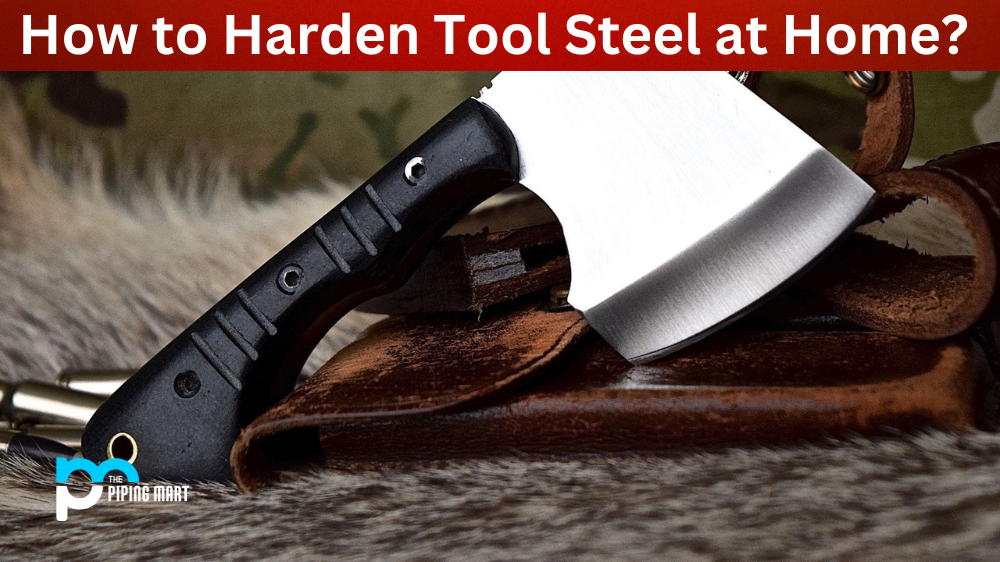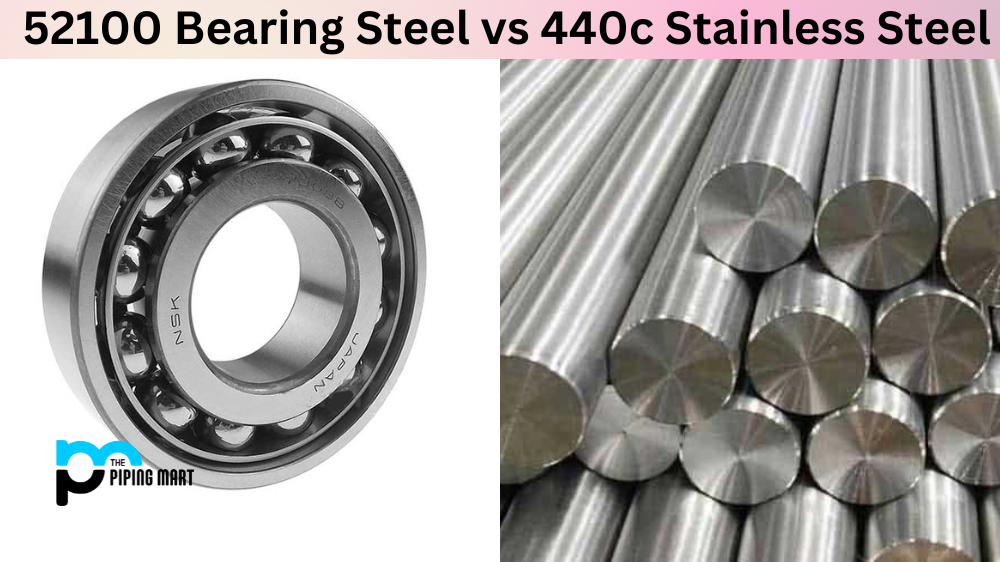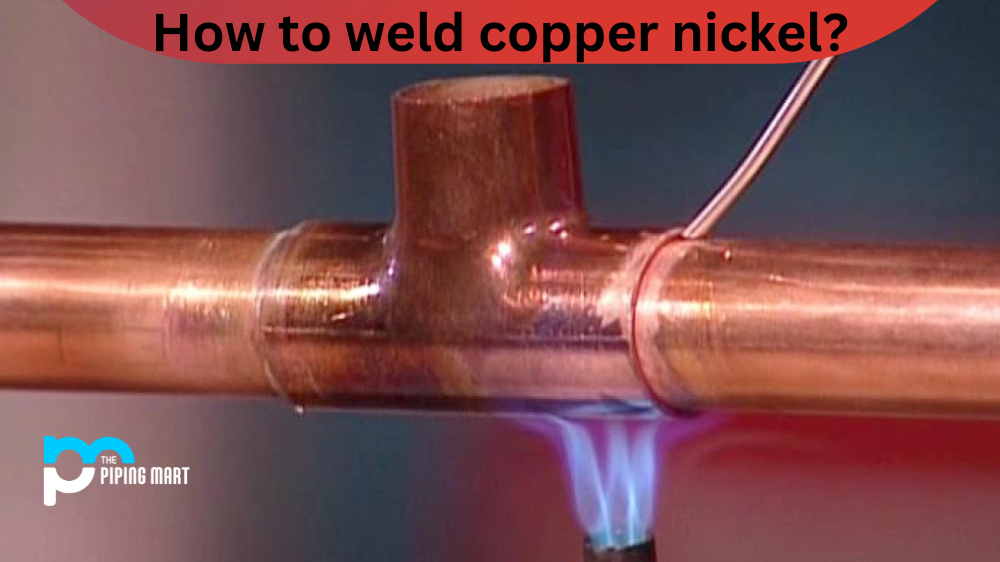Choosing the right type of stainless steel for your applications is essential for getting your products’ best performance and longevity. Two of the most popular stainless steel grades on the market are 18-8 stainless steel and A286. These grades are known for their durability, corrosion and heat resistance, and high strength. However, each has unique properties that make it more suitable for specific applications. In this blog post, we will compare 18-8 stainless steel and A286 to help you decide which is best for your needs.
What is 18-8 Stainless Steel?
18-8 stainless steel is a versatile, strong metal alloy of 18% chromium and 8% nickel. It provides excellent corrosion resistance, making it suitable for many different applications in the food processing industry. Additionally, it is easy to clean and maintain due to its naturally non-porous surface.
What is A286?
The a286 is an iron-based superalloy for high strength and durability at extreme temperatures. It’s used in aerospace, automotive, and petrochem industries due to its excellent resistance to oxidation, corrosion and fatigue. Its tensile strength of up to 150 ksi makes it ideal for high-temperature applications.
Difference Between 18-8 Stainless Steel and A286
Composition
18-8 stainless steel combines 18% chromium and 8% nickel with a small amount of carbon, manganese, and iron. This makes it highly resistant to corrosion and staining, perfect for marine environments or food processing applications. A286, on the other hand, is a precipitation-hardening stainless steel alloy made of iron, nickel, and chromium. It contains additional elements like titanium, molybdenum, vanadium, and aluminium, contributing to its high-temperature strength and toughness. If your application requires performance in high-strength and high-temperature environments, A286 is a better choice.
Strength and Durability
18-8 stainless steel is known for its excellent strength and durability. Its high nickel content gives it strength, and it is also malleable and ductile. This makes it ideal for applications that require flexibility and resilience, such as aerospace or marine applications. A286, on the other hand, is famous for its high-temperature strength and excellent mechanical properties. It can withstand temperatures up to 1350 degrees Fahrenheit without losing strength, making it perfect for turbines, jet engines, and automotive components.
Corrosion Resistance
Both 18-8 stainless steel and A286 have excellent corrosion resistance. 18-8 stainless is highly resistant to rust and staining due to its high percentage of chromium and nickel. Additionally, it can be treated to increase its corrosion resistance, making it ideal for use in harsh environments. A286 has excellent corrosion resistance, especially in high-temperature and oxidizing environments. Because of this, it is commonly used in chemical processing, aircraft components, and oil and gas industries.
Cost
Finally, the cost of each material is a crucial factor in your decision-making process. 18-8 stainless steel is relatively affordable compared to other stainless steel grades, making it accessible for various applications. A286, on the other hand, is an advanced alloy with a higher price tag. However, its exceptional high-temperature strength and corrosion and stress cracking resistance make it worth the investment for critical applications.
Conclusion
In conclusion, 18-8 stainless steel and A286 are high-quality stainless steel grades known for their exceptional strength, durability, and corrosion resistance. 18-8 stainless steel is more affordable and ideal for applications in harsh environments, such as marine or food processing equipment. A286, on the other hand, is perfect for use in high-temperature environments and applications that require high strength and resistance to corrosion and stress cracking. Whatever your application needs, selecting the right stainless steel for your project is crucial to its success.

A passionate metal industry expert and blogger. With over 5 years of experience in the field, Palak brings a wealth of knowledge and insight to her writing. Whether discussing the latest trends in the metal industry or sharing tips, she is dedicated to helping others succeed in the metal industry.




